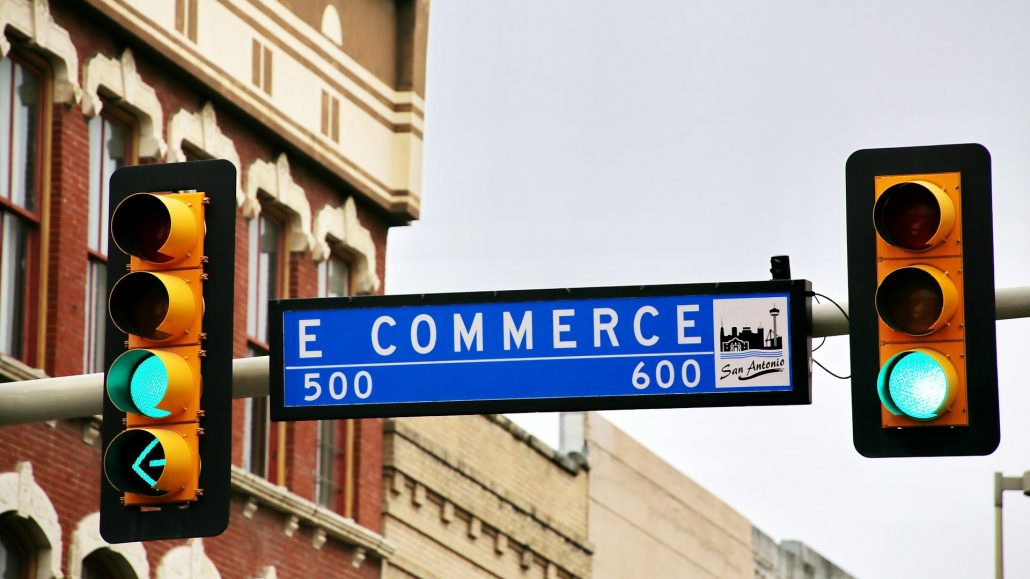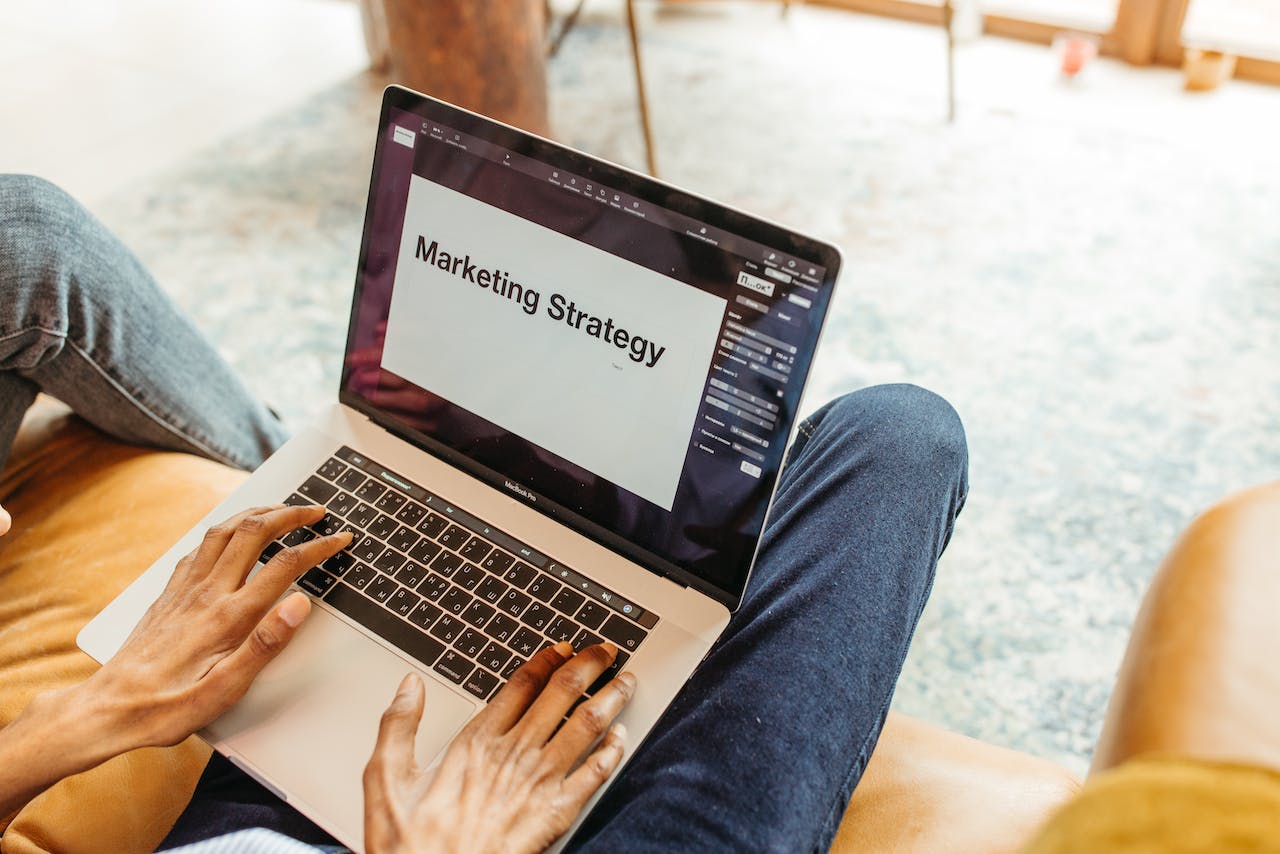Vanity Phone Numbers’ Effect on Customer Recall and Business Branding

In marketing, repetition and ease of recall are critical, and vanity phone numbers tap directly into these psychological drivers. They transform ordinary contact information into memorable catchphrases that stick with consumers long after the advertisement has ended. With the capacity to trigger recognition in a customer’s memory, these custom phone numbers can be the linchpin to a successful campaign. They also provide a sense of familiarity and approachability, which is fundamental in building a customer’s trust in a brand.
Strategies for Selecting a Vanity Number That Resonates With Your Brand
While some may perceive a phone number as an essential utility, forward-thinking businesses recognize the transformative potential of vanity numbers. These unique phone numbers go beyond mere digits; they embody the essence of the brand they represent. When you buy vanity phone number, it is crucial to carefully evaluate its compatibility with the brand’s messaging, emotional appeal, and ability to appeal to the intended audience. Whether it’s a catchy numeric sequence harmonizing with a company slogan or a word encapsulating the essence of the business, the chosen vanity number becomes a memorable part of the brand’s identity. This strategic choice enhances brand recognition and fosters a deeper connection with consumers, imprinting the brand in their memory. The research underscores the significant impact of vanity numbers in expanding market reach and reinforcing brand promises. By investing in a well-chosen vanity number, businesses can elevate their visibility and reinforce their commitment to excellence in the minds of their audience.
The Role of Vanity Numbers in Omnichannel Marketing
Creating a seamless customer experience across multiple platforms and devices defines omnichannel marketing. In this integrated approach, vanity numbers serve as an anchor—a recognizable element that remains constant whether the customer is online, on a mobile app, or shopping in a physical store. This continuity ensures that customers have a direct and easy way to connect with your brand whenever they engage. In an age where customer attention is fragmented across numerous media, a vanity number can stand as a distinctive beacon that guides consumers straight to your business, reinforcing the recall factor in various contexts. This strategy aligns with the burgeoning trend to personalize customer interactions while providing convenience and consistency.
Benefits of Vanity Numbers for Customer Service and Support
A vanity number is not just a mnemonic device; it’s an essential customer service tool. Studies have revealed that ease of communication is critical to customer satisfaction, and vanity numbers address this need effectively. For example, a memorable sequence of digits can reduce customer frustration by eliminating their need to search for contact information. It enables prompt service and minimizes the risk of customers contacting competitors instead. Moreover, the consistency provided by a vanity number can improve brand perception, creating an impression of reliability and professionalism crucial in building long-term customer relationships. These numbers are a direct line to enhanced customer service and a stronger customer-brand connection.
Legal Considerations and Best Practices in Choosing a Vanity Phone Number
While exploring available vanity numbers, it is essential to be mindful of regulatory requirements and ethical considerations. The process for obtaining such numbers may vary depending on location and service provider, and businesses must remain compliant with the laws governing communications. It is also critical to ensure that marketing efforts around the vanity number are transparent and do not mislead consumers. This entails thoroughly assessing how the number will be advertised and how consumer data obtained through calls to the number will be protected. Adhering to these guidelines fortifies the trust between a business and its customers and safeguards its reputation.
Case Analysis: How Vanity Numbers Influence Consumer Behavior
Digging into case studies about how vanity numbers affect consumer actions brings to light some illuminating insights. More straightforward to recall and dial, they encourage immediate response compared to standard phone numbers. This advantage can be precious for businesses relying on impulse purchases or time-sensitive promotions. This immediacy is a critical driver in buying decisions, as it lowers the barrier for the potential customer to initiate contact. Furthermore, specific segments of the population—such as older demographics who might prefer voice communication over digital methods—are significantly more likely to respond positively to vanity numbers. Tailoring communication strategies to leverage these insights can play a vital role in enhancing the effectiveness of advertising campaigns.
Technical Integration of Vanity Numbers Into Your Business Systems
Securing a vanity number is only the beginning. The real value is unlocked when it’s fully integrated with the existing infrastructure of your business. This means ensuring that your call management systems can efficiently route, track, and report on calls coming through the vanity number. Integration with customer relationship management (CRM) software further enables businesses to capitalize on the data derived from calls, turning each interaction into an opportunity for deeper customer understanding and better service. Additionally, considering that many calls to these memorable numbers nowadays come from smartphones, the number must be clickable and compatible across various mobile operating systems to maximize reach and convenience for the customer.
Mitigating Challenges: Overcoming Common Hurdles With Vanity Numbers
Despite their numerous benefits, vanity numbers can present unique challenges that must be addressed for practical use. Number portability, or the ability to retain a vanity number when switching service providers, is one such concern. Businesses must ensure their contract allows for portability to avoid losing a number that has become integral to their brand identity. Another common issue is consumer confusion when numbers are too similar to competitors’, potentially directing potential business elsewhere. To avoid such issues, conducting a thorough market analysis before selecting a number is essential, ensuring clear differentiation from others in your sector. These proactive measures help prevent disruptions and maintain a consistent branding effort.
Future Trends: The Evolution of Vanity Numbers in the Age of Digital Communication
As digital modes of communication continue to develop, the role of vanity numbers is also expected to evolve. Yet, even with the proliferation of online messaging apps and social media platforms, the direct personal connection a phone call provides continues to be invaluable for customer relations. Recognizing this, savvy businesses are exploring integrating vanity numbers with voice-over-internet protocol (VoIP) services and artificial intelligence to provide a seamless and sophisticated customer engagement experience. To stay at the forefront, businesses must keep an eye on technology trends and adapt their use of vanity numbers to sustain relevance and engagement.
Real-World Successes: Highlighting Businesses That Benefit from Vanity Numbers
Success stories of businesses harnessing the power of vanity numbers are aplenty, with many citing a direct link between their easy-to-remember number and enhanced customer retention and conversion rates. Whether it’s a local pizzeria whose number ends in ‘PIZZA’ or a national mover with ‘MOVE’ in the dial pad, these businesses testify to the tangible benefits of using vanity numbers. Not only do they serve as a marketing tool, but they also contribute to operational efficiency and customer satisfaction. Learning from these real-world examples can offer pivotal lessons and strategies for businesses seeking to incorporate a vanity number into their communication arsenal.




